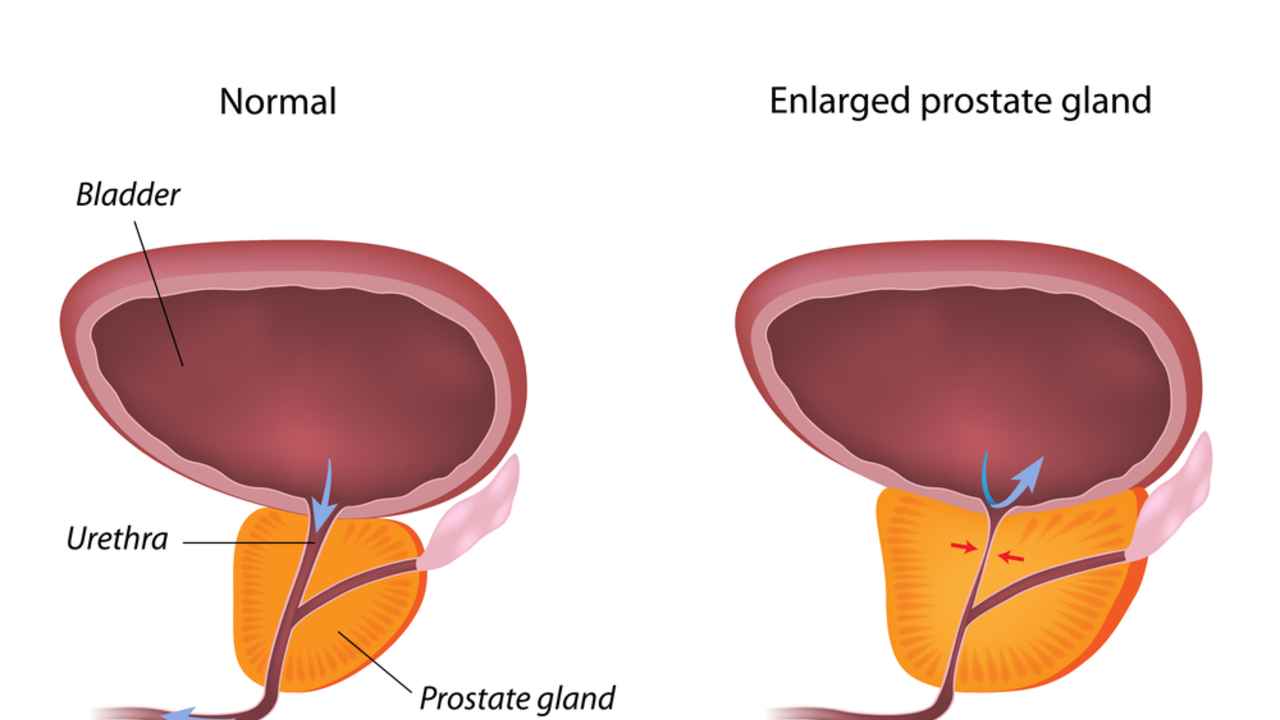If you’re over 40, you might have heard the word "prostate" more often. It’s a small gland, but it plays a big role in urine flow and sexual function. The good news? You can do a lot to keep it working well without expensive tests or fancy gadgets.
First off, watch what you eat. Lots of research links a diet high in red meat and processed foods to prostate problems. Swap those for lean proteins, fish, beans, and plenty of fresh vegetables. Tomatoes and cruciferous veggies like broccoli have compounds that may protect prostate cells.
Fiber matters too. A high‑fiber diet helps regulate hormones and keeps bowel movements smooth, which reduces pressure on the prostate. Aim for whole grains, fruits, and nuts each day.
Staying active is another easy win. Just 30 minutes of brisk walking, cycling, or swimming most days lowers inflammation and improves blood flow to the pelvic area. Even light strength training helps keep the muscles around the prostate strong.
Fluid habits count. Don’t drink huge amounts right before bedtime; it can cause frequent night trips that bother the prostate. Spread water intake throughout the day and limit caffeine and alcohol, which can irritate the bladder and prostate.
Some men consider supplements. Zinc, selenium, and pumpkin seed oil are popular, but the evidence isn’t strong enough to guarantee results. If you try one, stick to the recommended dose and talk to a pharmacist.
Most prostate issues start slowly, but a few signs mean it’s time to get checked. Trouble starting or stopping urination, a weak stream, or the need to go often—especially at night—are common cues. Painful urination, blood in the urine, or a feeling of incomplete emptying should also prompt a visit.
Doctors usually check prostate health with a digital rectal exam (DRE) and a blood test for PSA (prostate‑specific antigen). High PSA doesn’t always mean cancer, but it’s a useful flag for further testing. If you’re over 50, or over 45 with a family history of prostate issues, ask your doctor about regular screening.Early detection makes treatment easier. Benign prostatic hyperplasia (BPH) is very common and often manageable with medication or simple lifestyle tweaks. Prostatitis, an inflammation, usually clears up with antibiotics and rest.
Remember, you don’t have to wait for symptoms to become severe. A quick chat with your doctor can set up a monitoring plan that fits your age and risk factors.
Bottom line: eat smarter, move more, stay hydrated wisely, and keep an eye on any changes in bathroom habits. These simple steps can go a long way toward a healthy prostate and fewer doctor visits down the road.

Hello there, I'm your friendly health blogger, back again to help you understand the world of medical conditions. Today we’re focusing on Benign Prostatic Hyperplasia (BPH), a condition that affects many men as they age. Our thorough guide will enlighten you about the symptoms associated with BPH, demystifying the condition so you can make informed decisions. Remember, knowing is half the battle, so let's arm ourselves with knowledge and march towards better prostate health together.
Read More